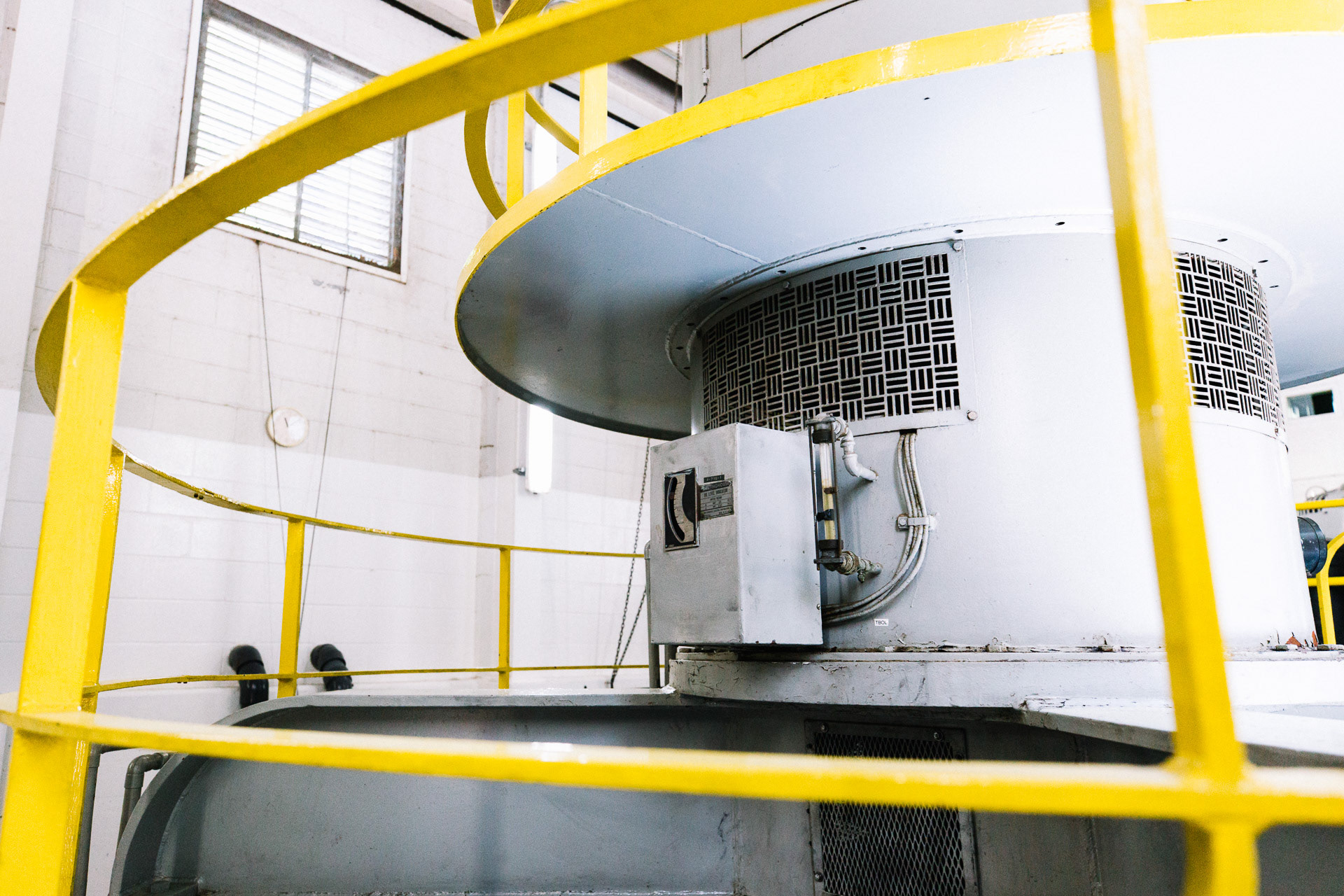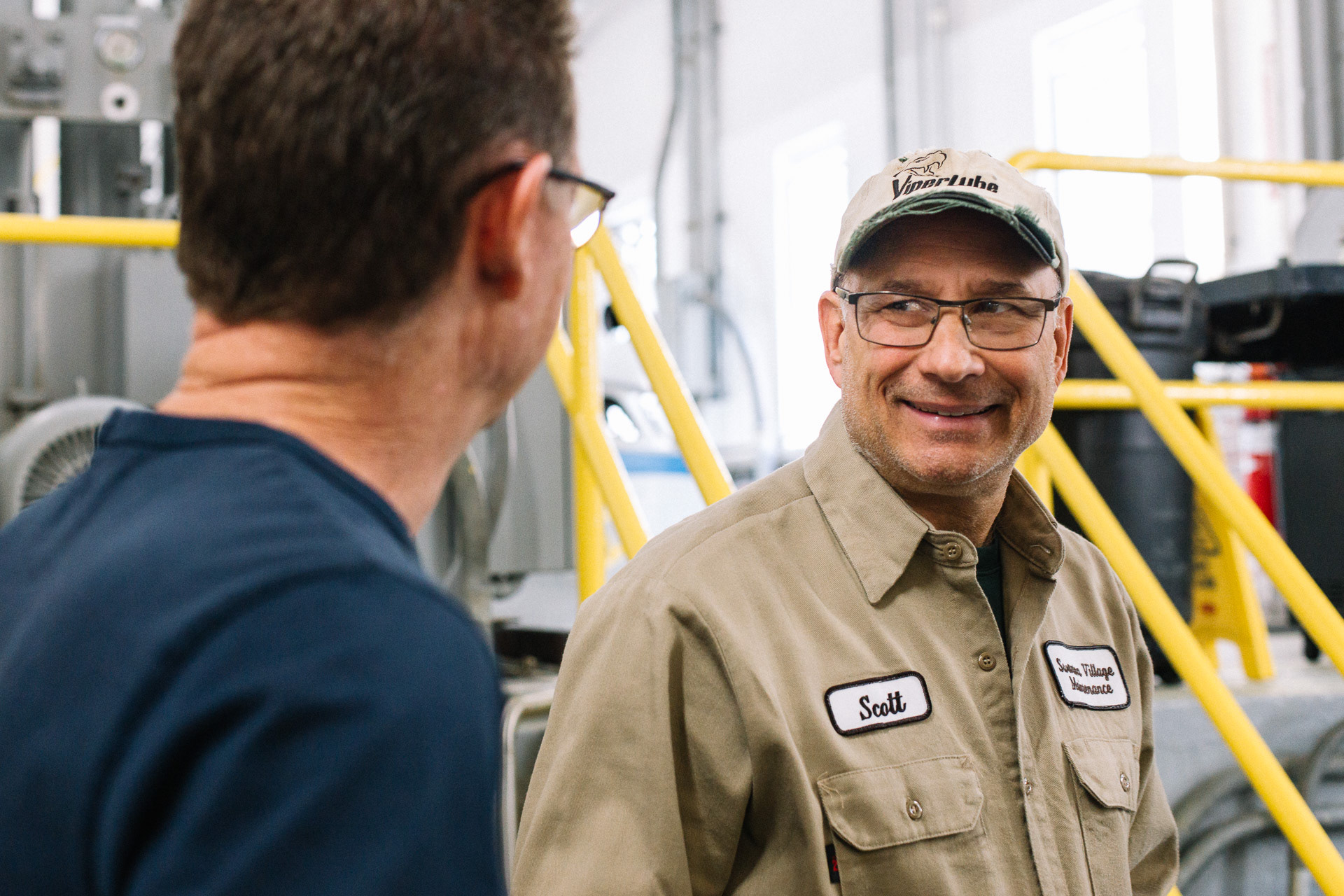













The Highgate Falls power dam has been a dependable source of power for the evolving energy needs of northwestern Vermont since 1797. By the early 1900’s, the facility played an important role in providing electricity to the citizens of Swanton and Highgate, and through regular maintenance and equipment upgrading, has retained that position.
The first dam at Highgate Falls was built during the late 1700’s by private entrepreneurs to power the saws, mill stones, and forges of the various businesses occupying the Highgate Falls site. In 1894, Swanton Village purchased the rights to develop the site for hydroelectric power.
In 1915, the Vermont General Assembly authorized Swanton Village to develop its water power at Highgate Falls and for that purpose to build, construct, and maintain a suitable power plant or improve its present plant with all buildings, dams, flumes, and other equipment necessary and to borrow money or issue bonds for that purpose. Numerous improvements were made to the project and by 1920, the project structures included a concrete dam, woodstave penstock, concrete surge tank, and powerhouse. The powerhouse contained two 900 kw generating units, necessary switchgear, and transmission terminal equipment. The original dam was constructed to elevation 164.8 feet above sea level and had provisions for five feet of flashboards, giving the dam the potential for a maximum power pool at elevation 169.8 ft asl.
The flood of November, 1927 brought waters 17 feet over the dam. There came a period of modification and refurbishment which began with the installation of a 900 kW Westinghouse generator (initially operated in 1928) in the unit # 2 position. During the early thirties, a steel surge tank was built inside the existing tank, and butterfly valves were installed between the generating units and the surge tank. The addition of a General Electric 900 kW generator (initially operated in 1932) in the powerhouse unit # 1 position completed the configuration until the 1950’s.
The 1952-1954 changes included reshaping the dam cross section, raising the pond level from elevation 169.8 ft. asl to 170.8, construction of a new intake facility and conduit system, raising the height of the steel surge tank and expanding the powerhouse to enable the 1954 installation of a Westinghouse 2800 kW generating unit.
In 1986, the three generating units went through a major overhaul to improve their generating performance. In 1990, another phase of powerhouse improvement was completed. The powerhouse was once again increased in size and a National Industrial generating unit with a capacity to produce 5800 kW was installed in the new area, as well as new switchgear, and computerized controls. This phase of the project was dedicated to Orman E. Croft, who at the time, was the Village Manager for the Village of Swanton, Vt.. A few years later, another major change at the dam site would take place. In 1994, the most recent phase of improvement was completed. The intake structure was raised to elevation 193 ft. also, a new trash rake was installed, a new dam site powerhouse was built, and as for the dam; the elevation of concrete was brought up to elevation 175 ft. and an inflatable rubber dam provided by Bridgestone was installed on top of the concrete. The addition of the rubber dam would bring the pond level up to elevation 190 ft. as it remains today.
In 2011, a 5th turbine and generator was installed into the overflow power house. The installation of this unit was the final step of the upgrades started in 1994, but was halted due to budget restrictions.
5 hydroelectric generators with the following characteristics as a combined operating system:
Totals:
Production: 11.964 Megawatts.
Annual Production: 55,382 MWH.
Water Flow: 1800 cubic feet of water per second.
Head Water Elevation: 190 feet above sea level.
Tailwater Elevation: 105 feet above sea level.
Individual Generating Units:
Unit # 1: General Electric AC Generator installed in 1930. Excitation is provided by a Basler static exciter. Voltage: 7200 volts, Speed: 360 revolutions per minute, Cycles: 60hz., Phase: 3,Power Factor: 0.8, Production: 1,170 Kilowatts. The Turbine unit is a Francais type, Rated Horsepower: 1,340 hp, Discharge: 224 cubic feet of water per second.
Unit # 2: Westinghouse AC Generator installed in 1928. Excitation is provided by a Basler static exciter.
Voltage: 7200 volts, Speed: 360 revolutions per minute,
Cycles: 60 hz., Phase: 3,Power Factor: 0.8, Production: 1,012 Kilowatts. The Turbine unit is a Francais type,
Rated Horsepower: 1,340 hp, Discharge: 224 cubic feet of water per second.
Unit # 3: Westinghouse AC Generator installed in 1954. Excitation is provided by a Basler static exciter.
Voltage: 7200 volts, Speed: 257 revolutions per minute,
Cycles: 60 hz., Phase: 3, Power Factor: 0.8, Production: 3,500 Kilowatts. The Turbine unit is a Francais type,
Rated Horsepower: 4,070 hp, Discharge: 558 cubic feet of water per second.
Unit # 4: National Industrial AC Generator installed in 1990. Excitation is provided by a Basler static exciter.
Voltage: 7200 volts, Speed: 211.8 revolutions per minute, Cycles: 60hz, Phase: 3, Power Factor: 1.0, Production: 5,850 Kilowatts. The Turbine unit is a Francais type, Rated Horsepower: 7,600 hp, Discharge: 900 cubic feet of water per second.
Unit #5: OSSBERGER turbine, Hitzinger generator: construction and installation into minimum flow building in September 2011, and in production in March 13, 2012. Unit is a horizontal intake, horizontal shaft double cell, cross flow design impulse type turbine, with draft tube effect. Rated at static Head =44.6ft=13.6m. full flow= 200cfs, partial flow= 35cfs. Normal speed 900 rpm with an over speed of 2010 rpm. Tp parent power is 650KVA at full flow with a frequency of 60Hz.